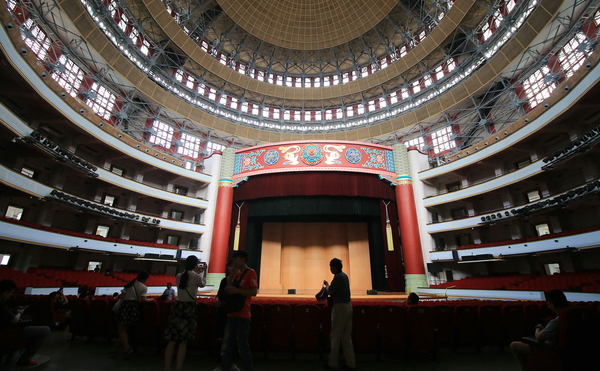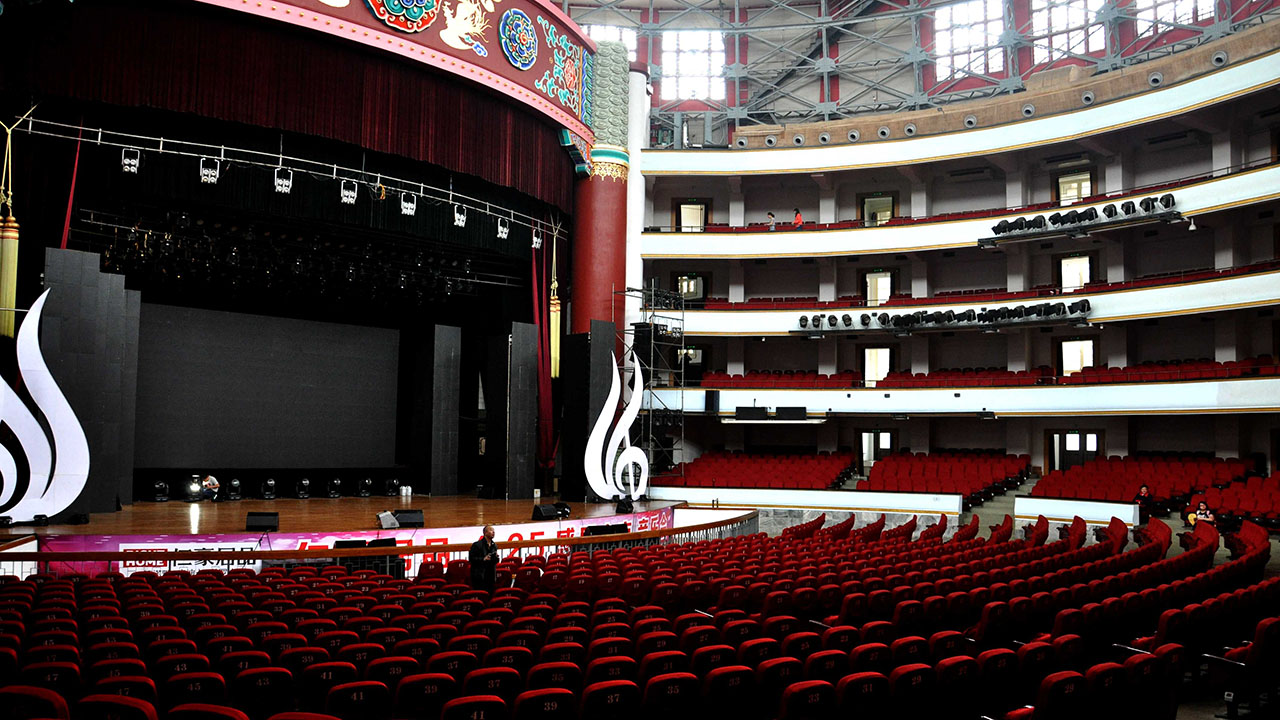This hall was the first Grand Opera in China built by Chiang Kai-Shek in 1954. Equipped with three levels of bleachers, the traditional Renmin opera house had poor acoustic performance due to its volume not being taken into account in the acoustic solutions of the room. room.
Tisseyre + Associés has 40 years of experience in the acoustics of performance halls, its core business originally. 30 years ago, anticipating the digital revolution and 3D visualization, we developed a tool for 3D models of performance halls: Hall Acoustics®. Instead of using the sound ray shooting technique which does not take into account the architectural details, we use the finite element mesh technique which allows these details to be modeled with finesse in order to fully integrate them into the acoustic performance. of the room from its conception. Based on the observation that the acoustics of a performance hall are structuring for its architecture, we have developed a joint working methodology with the architect.
Acoustic rehabilitation mission
Thanks to our 3D model tool, Hall Acoustics®, we can collaborate from the design phase with the architect in order to integrate the acoustic performance of the room into the architecture. Our work therefore does not focus on the dimensioning of a posteriori solutions of acoustic absorbers to attenuate the effects of reverberations. We work with the architect on the choice of shapes and materials used in order to optimize the reverberations so that they contribute to the acoustic performance of the room, which can be summarized as:
- Sound strength, clarity and definition. The sound should be loud, clear and precise.
- The Lev sound envelopment of all spectators. The people in the room feel like they are part of the show: the sound envelops them.
Given the room's large volume (57,000 m3), it was necessary to work on the phenomena of reflections in order to limit the reverberations (to 2.5 seconds full room).
Tailor-made acoustic solutions
In order to obtain a reverberation at 1.8 seconds in an occupied room, modeled using our digital model tool, here is the series of recommendations:
- Reduce late reflections from the vault: acoustic canvas solution.
- Increase the acoustic reflections on the walls, on the first third of the cylinder.
Reduce acoustic reflections on the walls, on the last third, facing the stage.


